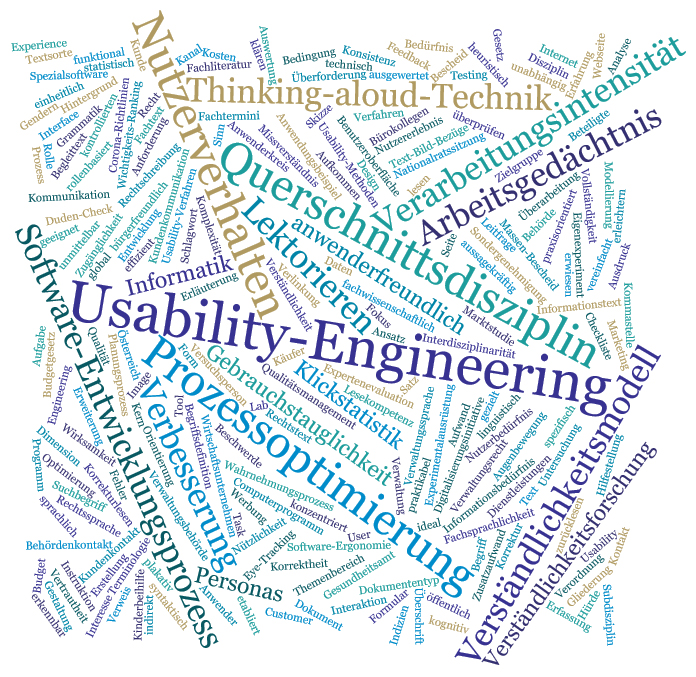Abstract
In der Informatik hat sich in den letzten 3 Jahrzehnten eine neue Subdisziplin etabliert, die sich mit der Gebrauchstauglichkeit von Benutzeroberflächen beschäftigt: Usability Engineering bietet im Software-Entwicklungsprozess eine Reihe von Methoden und Tools an, um wesentliche Anforderungen zu klären, den Anwendern die Bedienung zu erleichtern, Fehleingaben zu verhindern und im Sinne verbesserter „User Experience“ den Zugang zu Inhalten attraktiver zu gestalten.
Viele dieser Methoden lassen sich auch für die Erstellung inhaltlich komplexer Fachtexte anwenden, und Technische Redakteure konnten bereits gute Erfahrungen damit machen. Diese Erfahrungen können – mutatis mutandis – auch für die Erstellung und Optimierung von Rechtstexten hilfreich sein, vom Planungsprozess für neue Gesetze bis hin zur Optimierung der Gestaltung von Massen-Bescheiden im Verwaltungsrecht. In diesem Beitrag werden einige dieser Prinzipien und Methoden vorgestellt, jeweils mit Anwendungsbeispielen für unterschiedliche Textsorten aus der Rechts- und Verwaltungssprache.
In computer science, a new sub-discipline has been established in the last 3 decades that deals with the usability of user interfaces: Usability engineering offers a range of methods and tools to clarify essential requirements, make it easier for users to interact with interfaces, prevent incorrect input and make access to content more attractive in terms of improved "user experience".
Many of these methods can also be applied to the creation of complex technical texts, and technical writers have already had good experience with them. These experiences can – mutatis mutandis -- also be helpful for the creation and optimisation of legal texts, from the planning process for new laws to optimising the design of mass notifications in administrative law. This article presents some of these principles and methods, each with examples of their application to different types of legal and administrative texts.

Dieses Werk steht unter der Lizenz Creative Commons Namensnennung - Nicht-kommerziell - Keine Bearbeitungen 4.0 International.
Copyright (c) 2021 Zeitschrift für Europäische Rechtslinguistik (ZERL)

